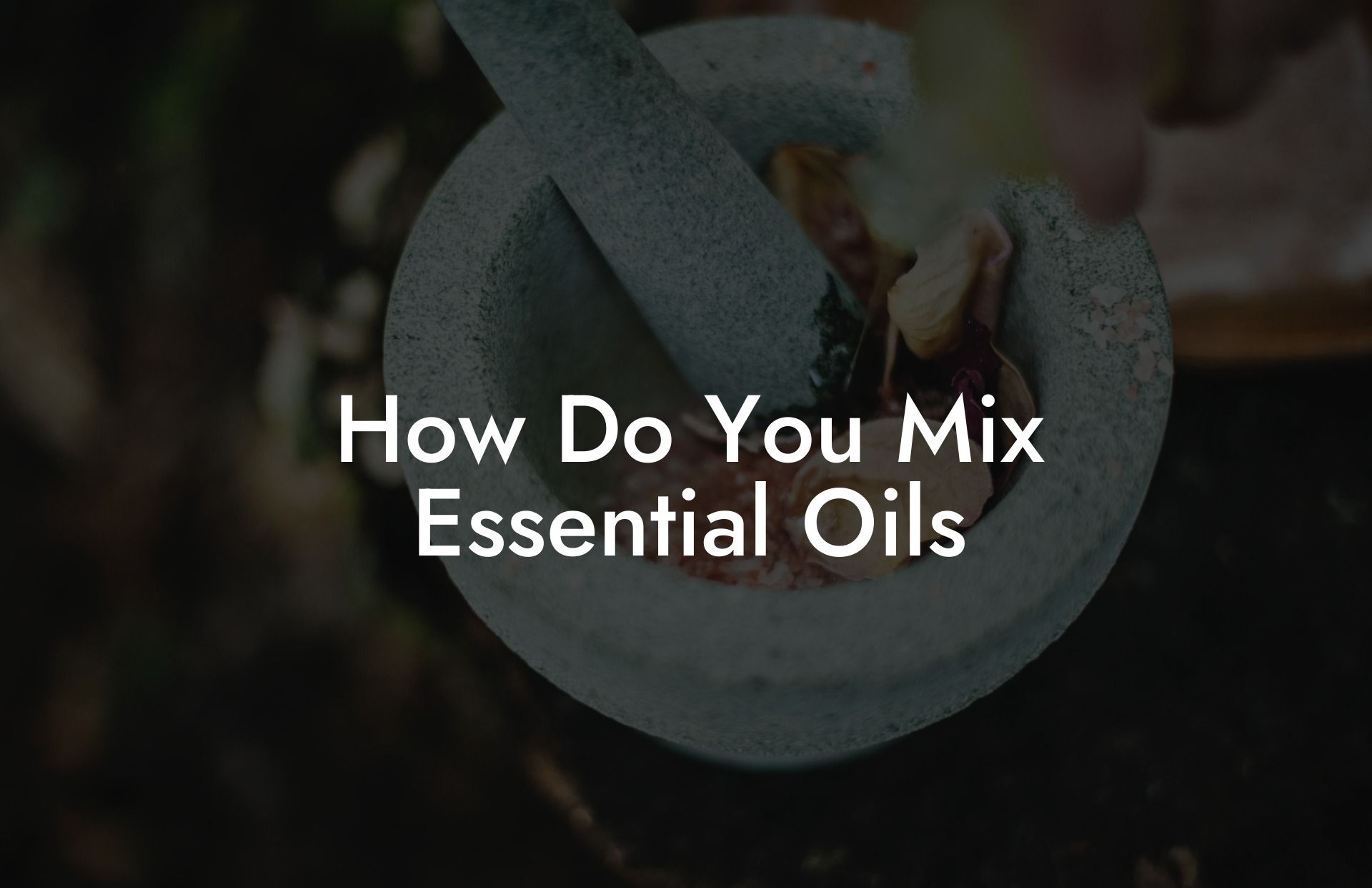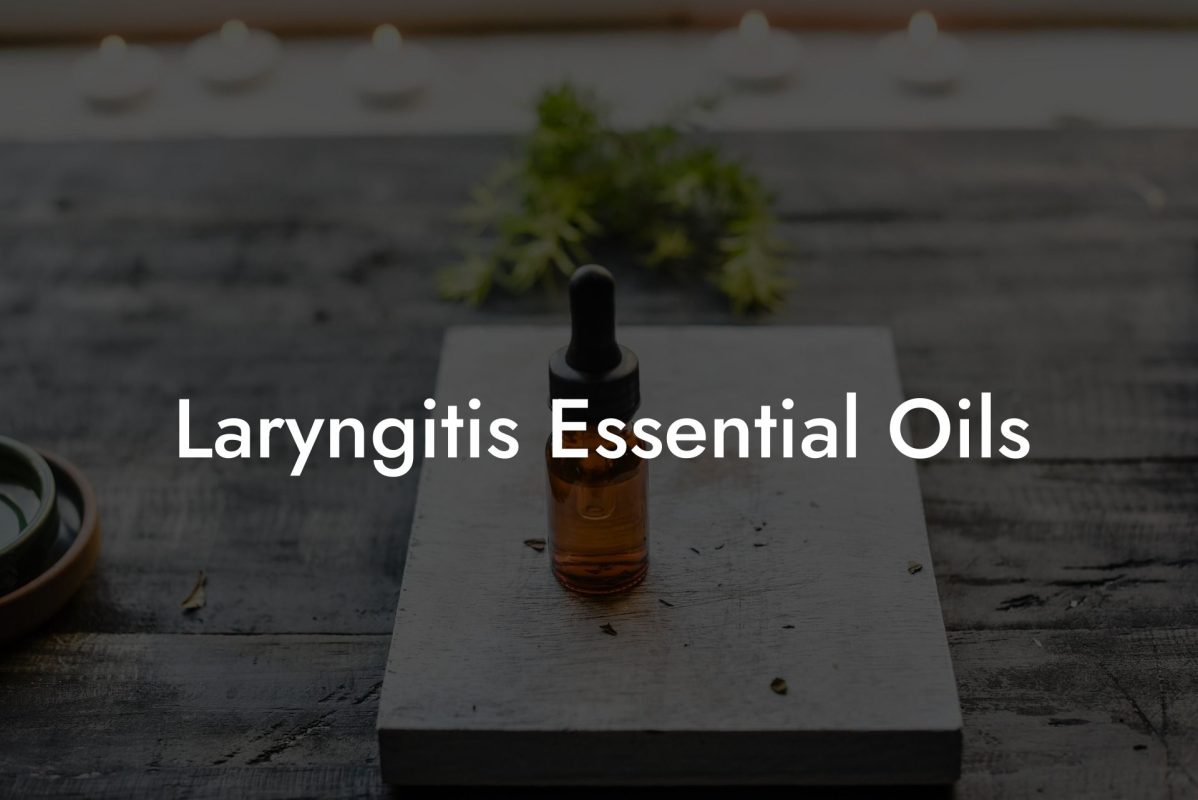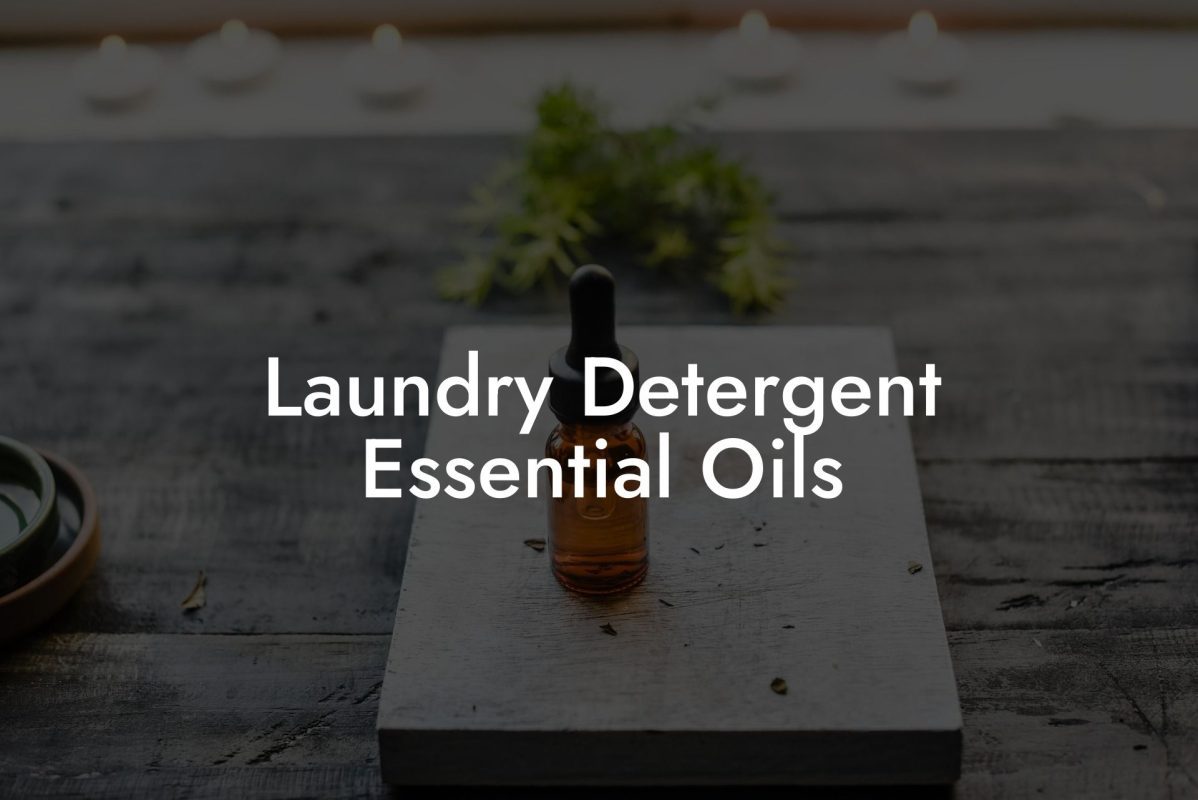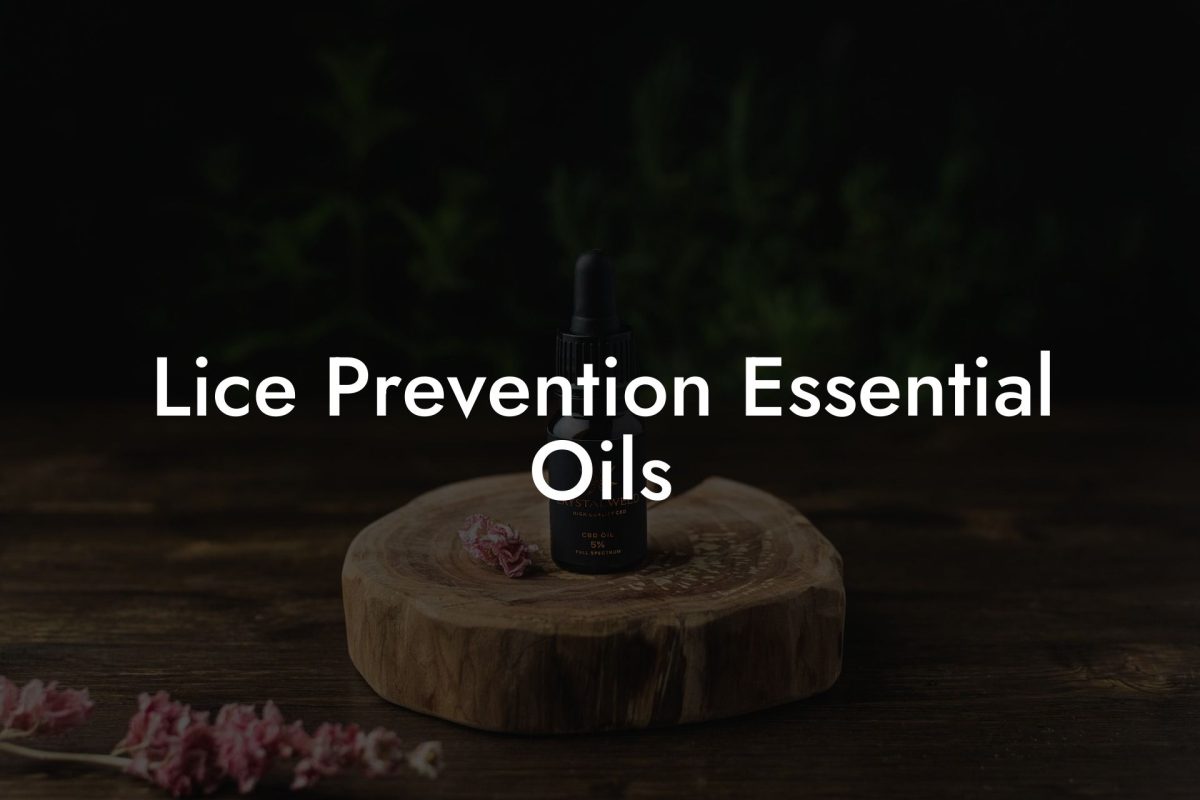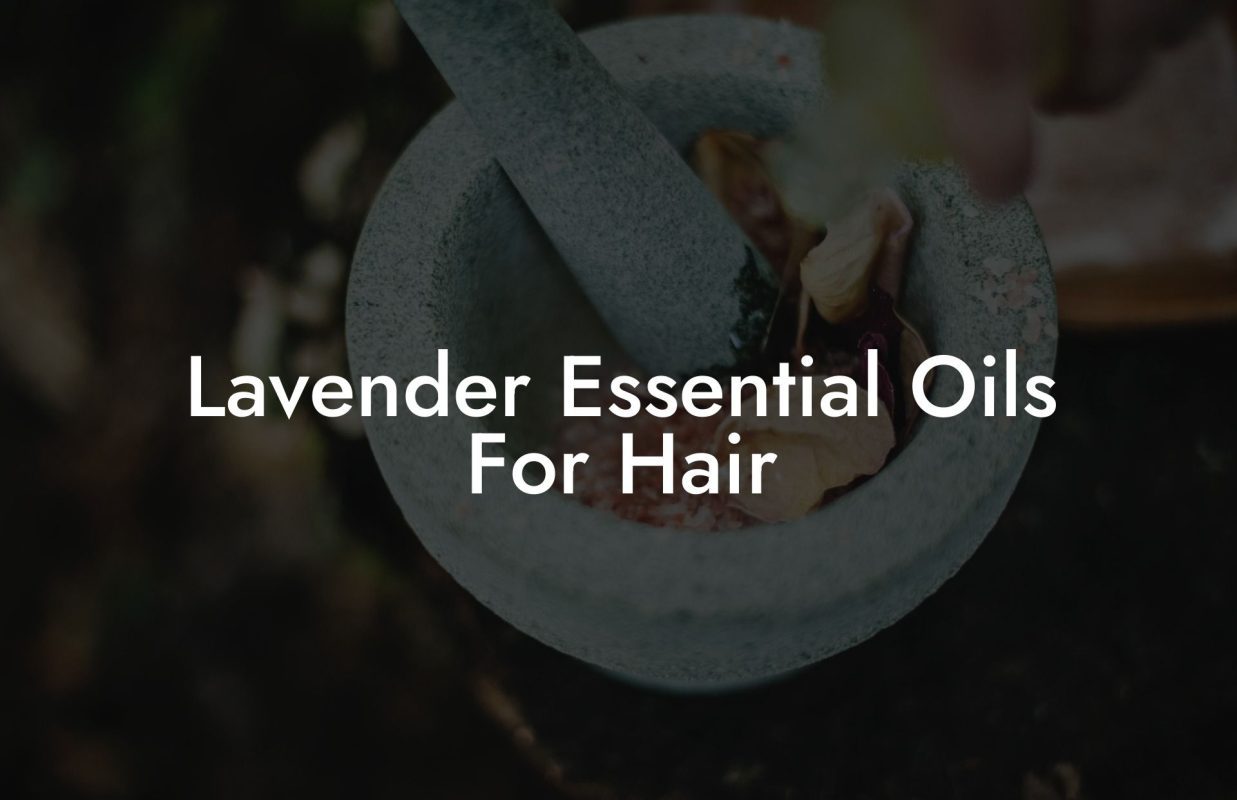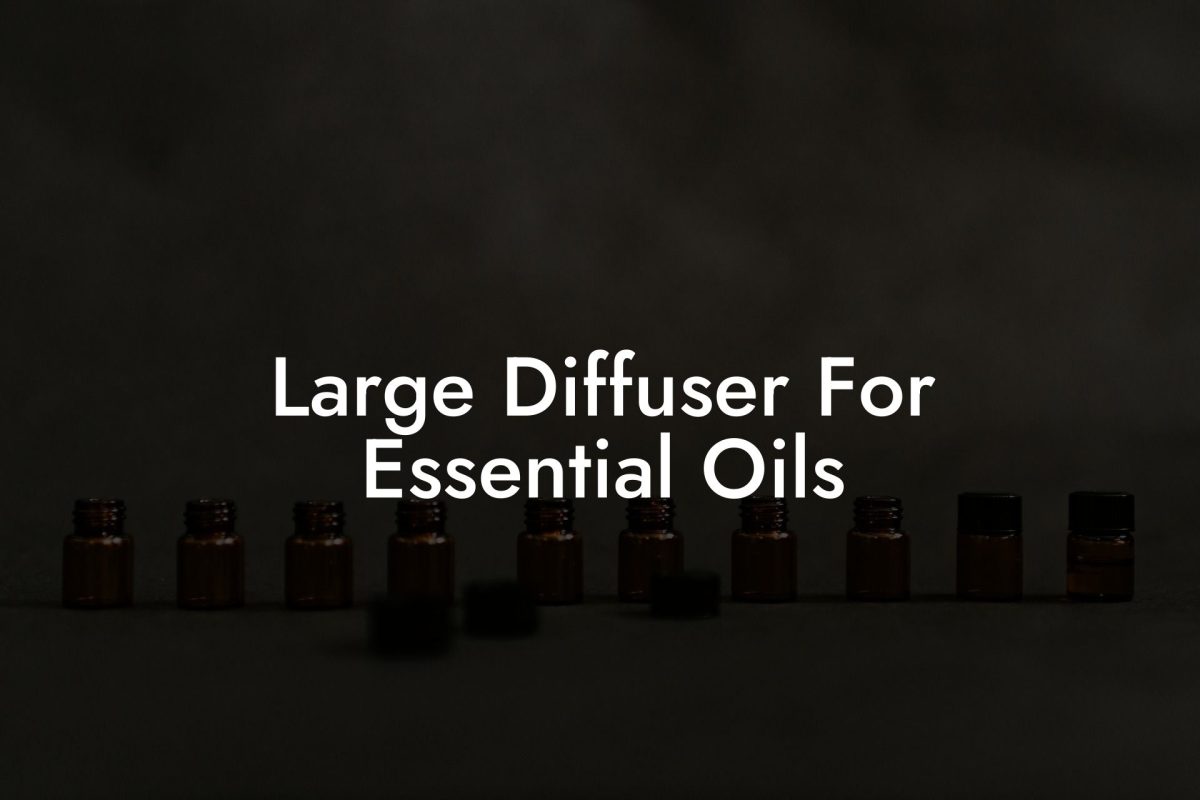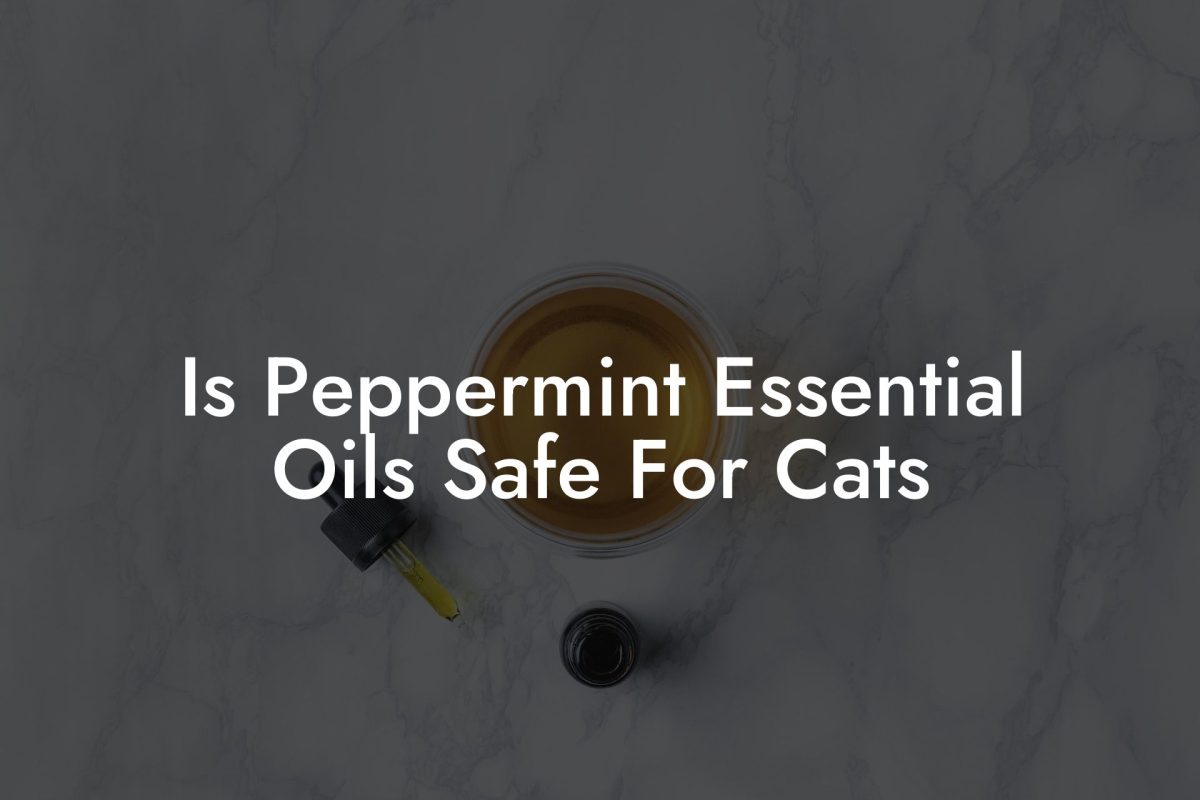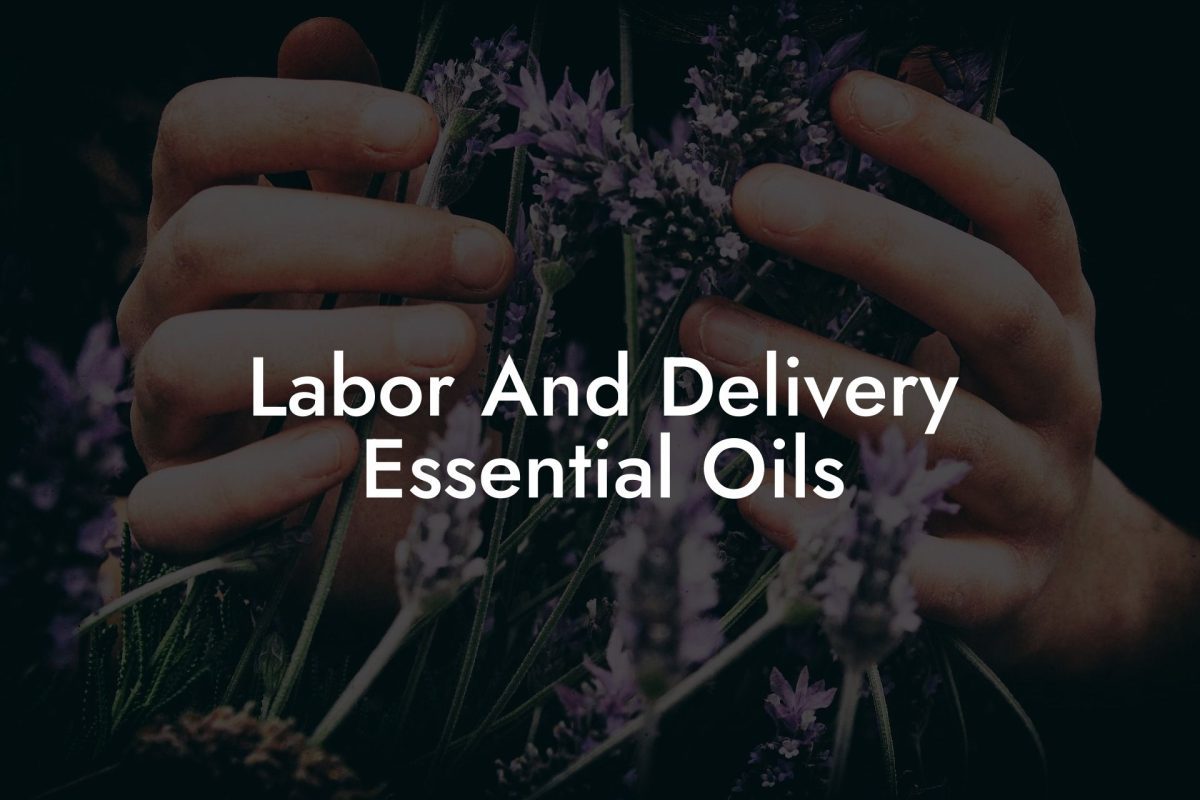Discover the art of mixing essential oils to create your own unique blends. In this guide, we’ll delve into the basics of essential oil blending, teach you how to combine oils effectively, and provide you with some tips and tricks for achieving perfectly harmonious concoctions every time.
Table of Contents
Understanding the Basics of Essential Oil Blending
Before diving into the actual process of mixing essential oils, it’s important to understand some basic principles that will guide you in creating successful blends. Here are a few key concepts to keep in mind:
Essential Oil Notes
- Top Notes: These oils are the first to be noticed when a blend is applied due to their light, fresh, and uplifting aromas. They evaporate rapidly, thus setting the initial tone for the blend. Examples include citrus oils like lemon, bergamot, and grapefruit.
- Middle Notes: Also called “heart notes,” these oils help to balance out the blend and are usually herbaceous, floral, or spicy in nature. They typically make up the majority of your blend and include oils like lavender, rosemary, and geranium.
- Base Notes: These oils provide depth, richness, and a grounding effect to the blend, often with earthy, woody, or balsamic aromas. They evaporate slowly and help anchor the top and middle notes. Examples include patchouli, sandalwood, and cedarwood.
Essential Oil Categories
To further help with pairing and blending, essential oils can be categorized by their aromatic qualities. Some of these categories include floral, citrus, spicy, minty, and woody. It’s generally a good idea to blend oils from the same or complementary categories, as their scents tend to work well together.
Basic Essential Oil Blending Techniques
Armed with the knowledge of essential oil notes and categories, you can begin experimenting with creating your own blends. Here are some essential techniques and tips to help you get started:
Blending by Note
A general guideline for blending essential oils by note is to combine 30% top notes, 50% middle notes, and 20% base notes. This ratio will help ensure a balanced and harmonious aroma, but feel free to adjust the percentages to your liking.
Blending by Category
When it comes to blending by category, let your instincts and personal preferences guide you. You can create blends that focus on a single category (e.g., all floral or all citrus) or mix and match oils from different categories to create a more complex aroma.
Dilution and Carrier Oils
When mixing essential oils, it is crucial to dilute them with a carrier oil to prevent skin irritation. Carrier oils, like almond oil, jojoba oil, or grapeseed oil, are odorless vegetable oils that help to dilute and safely apply the blend to your skin. A general dilution guideline is to aim for a 2-3% dilution rate, meaning 2-3 drops of essential oils per teaspoon of carrier oil.
Blending in Small Batches
When experimenting with new blends, it’s a good idea to create small batches first to ensure you’re happy with the combination before committing to a larger batch. Start with a few drops of each oil and gradually adjust the proportions to achieve the desired result.
How Do You Mix Essential Oils Example:
Imagine you want to create an invigorating morning blend to start your day with positive energy. You might choose the following oils and proportions:
– Top Note: 3 drops of grapefruit (citrus, uplifting)
– Middle Note: 5 drops of rosemary (herbaceous, energizing)
– Base Note: 2 drops of cedarwood (woody, grounding)
Mix the essential oils together in a small glass container, then add this blend to a teaspoon of carrier oil. You can then apply your blend to your pulse points or use it in a diffuser to enjoy the energizing aroma throughout your morning routine.
Now that you have the knowledge and confidence to mix essential oils, the possibilities are truly endless. From custom scent profiles to therapeutic blends tailored to your specific needs, the world of essential oils is a fascinating and rewarding one to explore. Be bold, experiment, and unleash your creativity as you discover the many benefits of essential oils. Don’t forget to share your newfound expertise with friends and family and invite them to join you on this aromatic journey. And, of course, be sure to check out Oshu Oils’ extensive range of high-quality essential oils to find the ideal ingredients for your custom blends. Happy blending!

